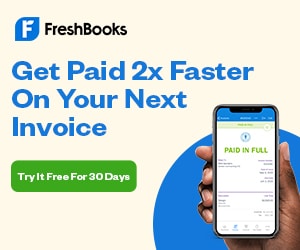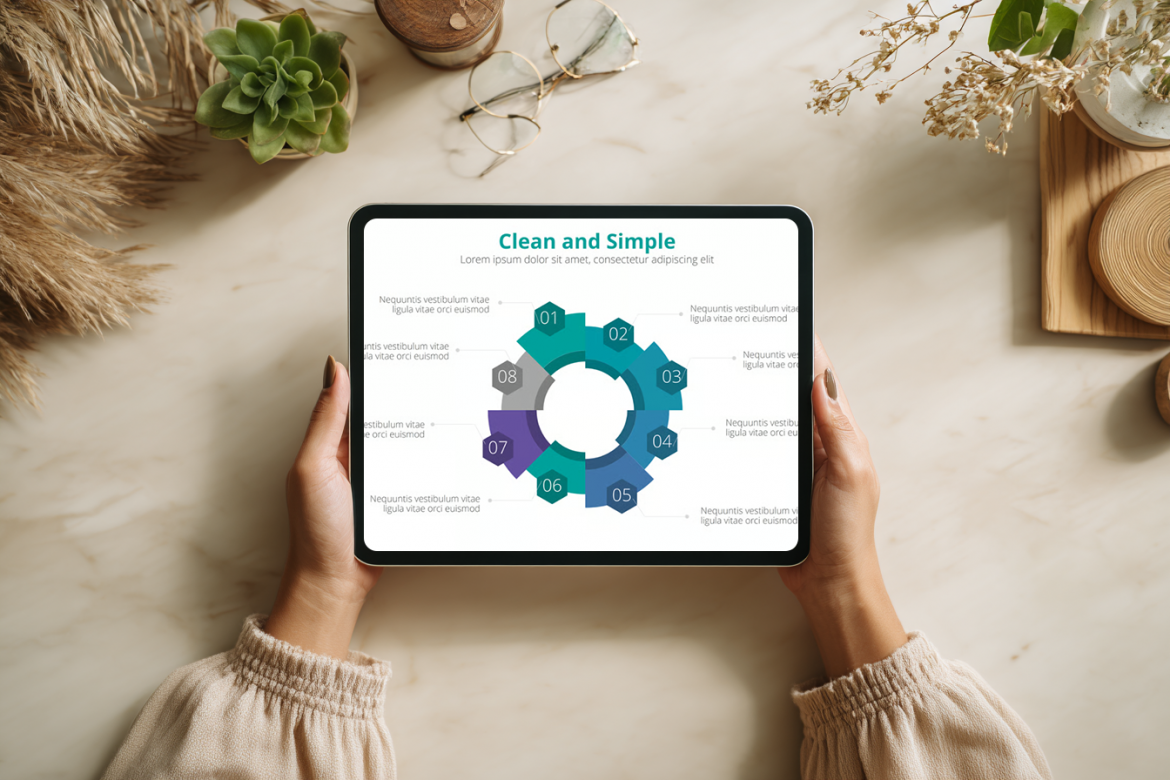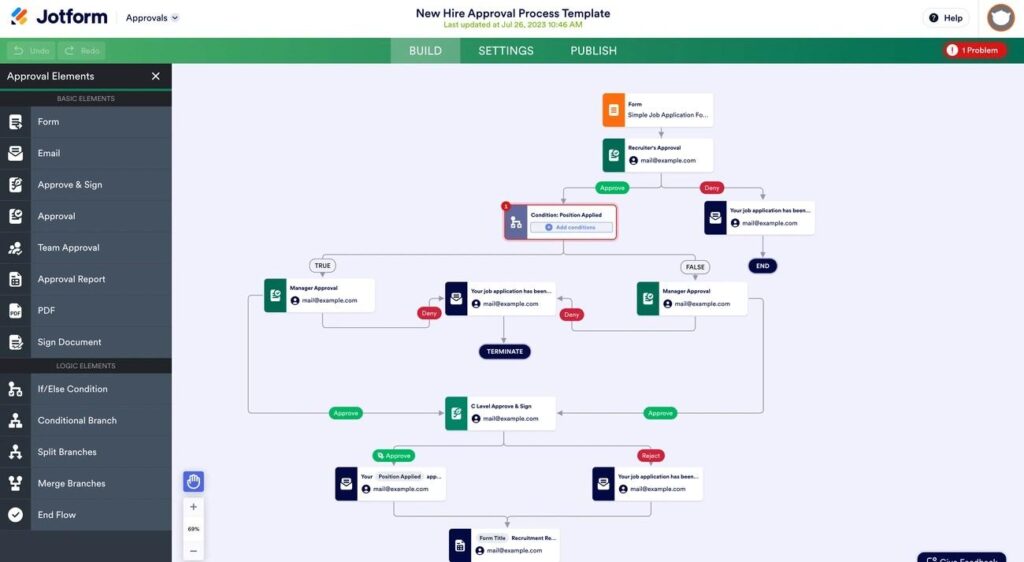Getting my first client as a freelancer was easy. A friend made an offer, I said yes, and the deal was done.
But trying to get my second client showed me I had a huge amount to learn about designing proposals people couldn’t refuse.
I learnt that a winning proposal is often the difference between receiving an email saying you’ve got the job and an empty inbox.
However, creating one that gets you the job doesn’t happen by luck or chance. It begins with understanding what goes into an irresistible pitch and how to put your proposal together in a way that sets you apart from the crowd.
Here’s how I did just that.
The Power of a Good Proposal
When you send a potential client a proposal, you want them to know you understand their needs, care about their project, and have the skills to do the job in a way that gets results.
Long story short, you need to say: “I’m the person you want, and the work I’ve done for other customers proves it.”
What Goes into a Good Freelance Proposal?
I wouldn’t change the ingredients in my favorite cake, and I take the same approach to my proposals by creating templates with all the essential elements.
Templates save time, ensure you don’t leave out important information, and allow for customization and personalization.
Include the following in yours:
1. Contact Details and Dates
As you’re going to be writing a formal document, you need to include:
- Your name, email address, phone number, address, and website.
- The client’s name, company name, address, and email address.
- The proposal date.
- The proposal number.
- The deadline for accepting the proposal.
If you have a business name and logo, include these too, as they give you extra credibility and highlight your professionalism.
2. A Brief Overview
The first thing your prospects should see after your contact details is a short, friendly, and personal introduction. If it’s appropriate, you can even add some humor in this section.
This offers a potential client a reminder of who you are, demonstrates your understanding of their needs and project requirements, and summarizes the proposal. It’s also a chance to thank them for their time.
Keep your introduction personable but to the point. It shouldn’t fill the first page of your document, so don’t be afraid of leaving white space.
3. Project Goals and Solutions
This is where you start getting into the meat and bones of what you’re proposing.
As your first responses from potential customers usually include their project goals, start off by mentioning these. This shows you paid attention when they told you about the scope of the project.
Next, mention a couple of the prospect’s pain points before explaining how you can help solve those issues and help them achieve their goals.
This is where you can say something about the scope of your services. You don’t need to go into too much detail here. Listing your services as bullet points or highlighting them in a graphic is fine, but be sure to cover them.
4. A Work Timeline
Your clients are likely on a schedule, so they’ll want to know how long it will take you to get the job done. A work timeline shows that you’re serious about delivering.
Figure out how long (more or less) it will take to complete the work you’ve planned to do for the client before writing your proposal. Remember to make allowance for unforeseen circumstances on your side AND the client’s.
Once you’ve done this, use your estimates to create a timeline indicating how long you’ll take to reach milestones leading up to the project’s completion.
Be realistic about how much you can achieve in a day, especially if you need to wait for approvals before continuing.
5. Why Choose Me
Including a Why Me section reassures the client that you’re the best person for the job. Depending on the nature of the project and who the potential customer is, this might include:


- A brief mention of your education and training.
- More information about your skills, talents, and services.
- Links to work you’ve done for similar clients or on similar projects.
- A short summary of your work ethic.
- Client testimonials.
For extra impact, you can also include a short, well-designed pitch deck alongside your proposal. This visual summary of your expertise helps clients quickly understand your value.
6. Money Matters
Clients want to know costs upfront, and they appreciate transparency.
To get everyone on the same page, communicate the cost clearly, highlighting whether you’re asking for a fixed price or an hourly rate. Some clients are more open to a fixed price because they are concerned that hourly rates will exceed their budget.
You can include the costs of any additional services they might find helpful, and include information about payment options, too.
It’s also a good idea to compare your pricing with a few competitors, especially those who offer fewer services for more money or those who offer sub-standard services at cheaper rates. This is a great way of showing the potential customer that your rates are competitive and offer value for money.
https://youtu.be/_JWlTCSutfE?si=C_XIVwQVA_rH7d-L
<iframe width=”560″ height=”315″ src=”https://www.youtube.com/embed/_JWlTCSutfE?si=G8N81pKgtbODETMz” title=”YouTube video player” frameborder=”0″ allow=”accelerometer; autoplay; clipboard-write; encrypted-media; gyroscope; picture-in-picture; web-share” referrerpolicy=”strict-origin-when-cross-origin” allowfullscreen></iframe>
7. A Contract
Including contracts within proposals defeats the point of keeping them short. Rather, attach them as separate documents.
When I first started doing this, I was a little worried that I was jumping the gun, but years of experience taught me that it’s better for clients to know what they’re signing up for from the beginning.
You and the client know which deliverables you promised, the costs, and the payment date. Plus, as contracts are legally binding, they demonstrate your credibility and offer some protection if things don’t go as planned.
Tips to Take Your Proposal to the Next Level
Understanding the main elements of winning proposals is only part of the equation. You also need to know how to demonstrate your understanding of the client and their industry, assure them you will put them first, and make your proposal stand out from others visually.
Use these tips and tricks to design proposals that go beyond the boring, standard submissions your clients have seen countless times before:
- Reach out to clients first: Whether you call or send an email, contact the potential client before designing your proposal. This gives you the opportunity to learn more about the project, ask questions, and get a sense of their pain points and how you can solve them.
- Research the client and their industry: Do research to learn more about your client and their industry. This can help you customize your proposal, demonstrate you understand them, and increase your chances of success.
- Lead with the client: While you need to sell yourself in your proposals, you should do this subtly by leading with the client. Instead of taking an “I’m fantastic, hire me” approach, opt for something more along the lines of “This is what you need, this is what I can do for you.”
- Don’t limit yourself to text: Including audio-visual or visual elements in your proposals adds interest and makes them easier to digest. For example, you can embed a short introductory video or turn your Why Me section or cost breakdown into a colorful infographic.
- Include a pitch deck: For high-value projects or competitive bids, attach a short pitch deck to your written proposal. A good pitch deck visually showcases your process, past results, and key differentiators without overwhelming the client with text. It also adds a professional edge, and makes your proposal more memorable.
- Re-read your proposal before sending it: Before hitting send, re-read your proposal to check for spelling, grammar, correct information, readability, formatting, and length.
Handy Proposal Email Template
This short customizable template shows how the different elements fit together to create a freelance writing proposal clients can’t refuse:


Hi [First Name],
Do you need content for your [business type] website [and Facebook page] that’s high-quality, engaging, well-researched, and written by a real human being? I can deliver what you need when you need it, and I’m not an algorithm or AI.
Over the last ten years, I’ve written blogs, site pages, social media posts, and other content for more than 100 clients. I’m a first-language English speaker, a media journalist, and have freelanced for clients in the retail, hospitality, and other industries.
If you want to publish [three original blogs a week] on your site, this is what I offer:
[My offering/scope of services graphic]
All three blogs can be delivered weekly or, individually, two days before publication for your approval.
As you can see from the cost breakdown, my rates are competitive:
[cost breakdown graphic]
Please note that social media management isn’t included. Should you be interested in letting me handle your [socials], I’d be happy to add this service on.
I’ve attached a contract for your perusal. If you have any questions, please don’t hesitate to ask.
Looking forward to working with you,
[Your Name]
Get Your Clients To Say Yes!
Landing the best jobs with top clients starts with one thing: a killer proposal.
Your proposal is your handshake, sales pitch, and proof you’re worth the investment. Get it right, and you’ll secure the project while potentially opening the door to trust, repeat work, and a client who knows they’ve found their go-to person.
Then deliver with precision, stay on budget, and overdeliver when it matters most, and you’ll stop chasing clients… because they’ll start chasing you.
Keep the conversation going…
Over 10,000 of us are having daily conversations over in our free Facebook group and we’d love to see you there. Join us!


















